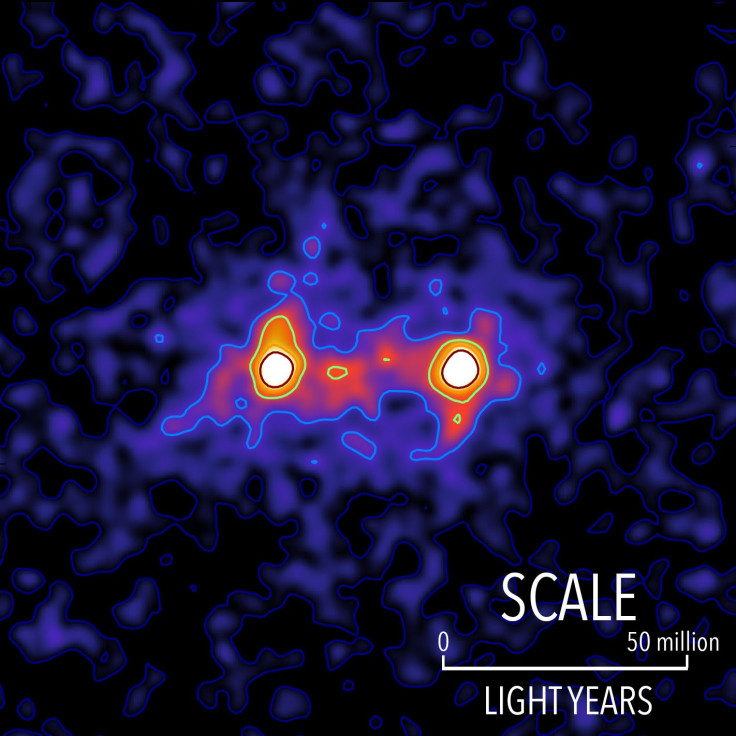What Is Dark Matter? Another Candidate Particle Ruled Out By Researchers

Everything we can see — from our own reflection in the mirror to the farthest reaches of the universe glimpsed by our telescopes — makes up only a mere 15 percent of the observable universe’s total mass. The remaining 85 percent is made up of that mysterious substance known only as dark matter, and we don’t know exactly what it is.
Numerous hypothetical particles, such as dark photons and axions, have been proposed as the constituent of dark matter. One of the qualities these particles must possess is really weak interaction with normal matter, since dark matter, despite its overwhelming presence in the universe, can be detected only through inference and not by direct observation.
As teams of scientists continue searching for these hypothetical particles, using innovative and elaborate experiments, they have not had any success so far, at least in the conventional sense of the word. However, they have been able to place increasingly stringent limits on the properties of these hypothetical particles, allowing them to look in more specific places or ruling out some of those particles altogether.
The Department of Energy’s Lawrence Berkeley National Laboratory said Nov. 8 that a recent experiment had greatly constrained the range of possibilities for the existence of dark photons. And researchers from University of Sussex, United Kingdom, announced Wednesday they had “disproved the existence of a specific type of axion… across a wide range of its possible masses.”
The data the Sussex researchers were analyzing was collected from an experiment at the Paul Scherrer Institut in Switzerland, and earlier at the Institut Laue-Langevin in Grenoble, France.
“We’ve analysed the measurements we took in France and Switzerland and they provide evidence that axions – at least the kind that would have been observable in the experiment – do not exist. These results are a thousand times more sensitive than previous ones and they are based on laboratory measurements rather than astronomical observations. This does not fundamentally rule out the existence of axions, but the scope of characteristics that these particles could have is now distinctly limited. The results essentially send physicists back to the drawing board in our hunt for dark matter,” Philip Harris of the university said in a statement Wednesday.
Axions, even if found, would perhaps not account for all the dark matter in the universe, but they would explain why the universe has a lot more matter than antimatter, or in other words, why the universe continues to exist at all.
The experiment trapped neutrons in a container and then applied high voltage current to it. A change in the rate of the neutrons’ spin would indicate a distorted structure, and changes in that distortion over time (which could range from minutes to years) would indicate the presence of axions. But no distortion was found, ruling out axions as well.
Nicholas Ayres, a graduate student at the university co-leader of this analysis, said in the statement: “These results open a new front in the hunt for dark matter. They disprove the existence of axions with a wide range of masses and therefore help to limit the variety of particles which could be candidates for dark matter.”
The paper, titled “Search for Axionlike Dark Matter through Nuclear Spin Precession in Electric and Magnetic Fields,” appeared Tuesday in the journal Physical Review X.
© Copyright IBTimes 2024. All rights reserved.




















